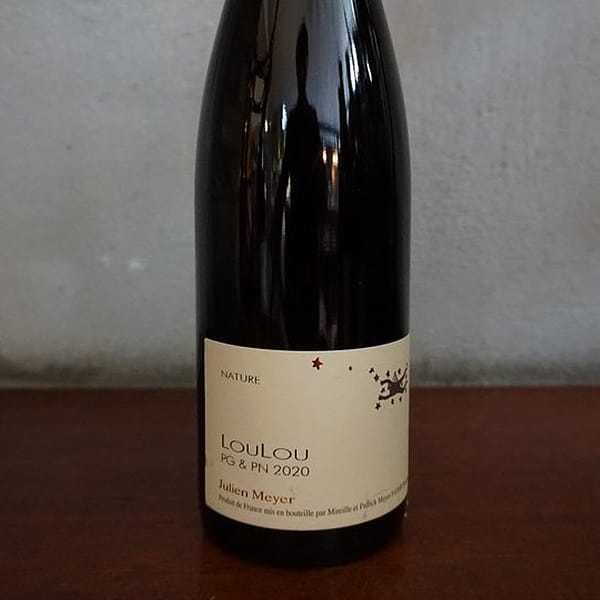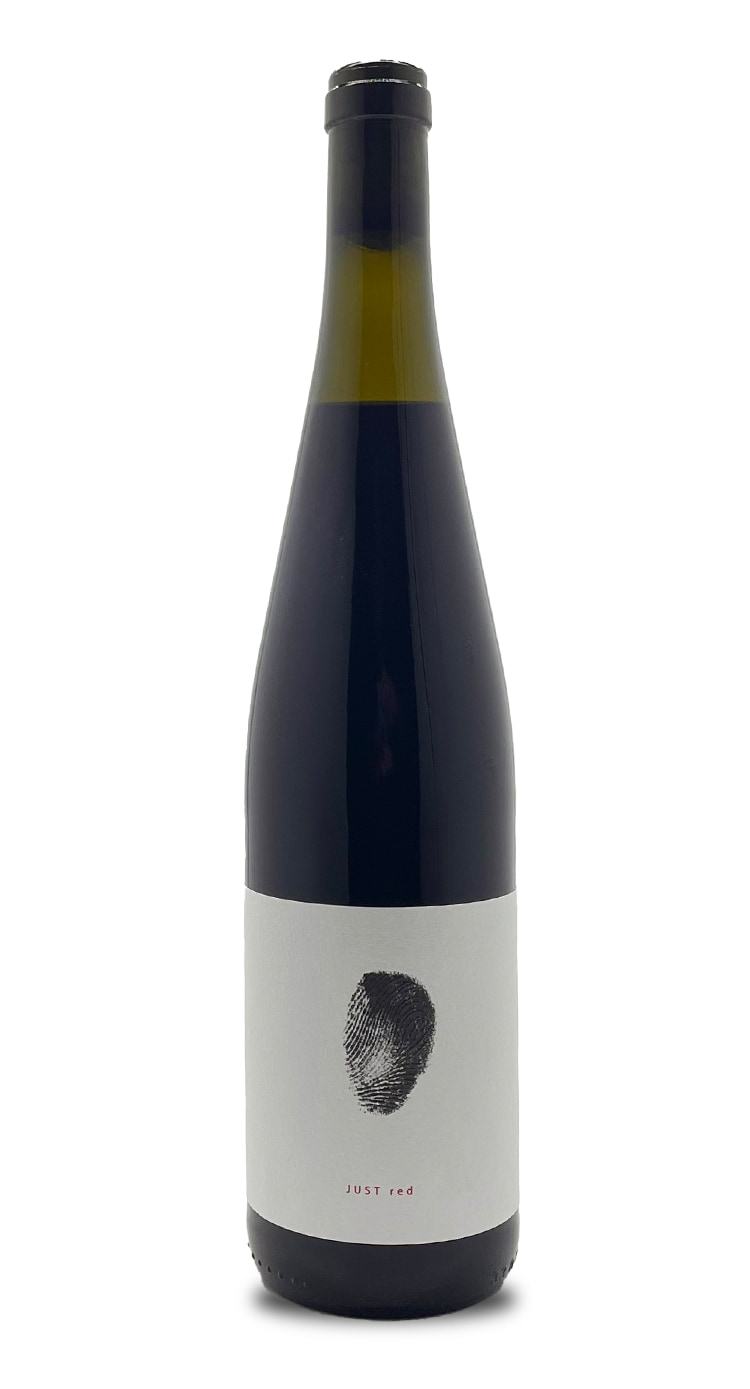Ah, the esteemed Pinot Noir—revered, sophisticated, and the embodiment of grace in a bottle. If you’re searching for the perfect wine to elevate any occasion, look no further. Pinot Noir has a well-earned reputation for being tricky to cultivate, yet incredibly rewarding for those who have the patience to nurture it. In this multi-faceted exploration, we will journey through the annals of Pinot Noir history, touch upon its unique terroir, delve into the intricate flavours it brings to your glass, and discuss the nuances involved in its production and ageing process. Not only will this serve as an enriching read but also an invaluable resource for any wine enthusiast. So let’s pour a glass and toast to the intricacies of this sublime variety.
Fun Fact: The name ‘Pinot Noir’ is derived from the French words for ‘pine’ and ‘black,’ referencing the grape’s tightly clustered, pine-cone shaped bunches of fruit.
The Fascinating History of Pinot Noir
Pinot Noir is more than just a wine; it’s a narrative dating back almost a thousand years. Its roots can be traced back to the Burgundy region of France, a place where monks painstakingly committed to understanding the grape. In the early days, the cultivation of Pinot Noir was almost a divine calling. One could say the monks were the first sommeliers, dedicating their lives to the creation of sacred libations. The history of Pinot Noir is so entrenched in Burgundy that the grape and the region are often spoken of as one, a holy matrimony of nature and nurture.
Understanding the Terroir: Where Pinot Noir Thrives
Speaking of nature, the concept of terroir is pivotal when discussing Pinot Noir. The term refers to the specific environmental conditions, particularly soil and climate, where the grape grows. Pinot Noir thrives in cooler climates, which is one reason why regions like Oregon and New Zealand have recently made a mark in Pinot Noir vineyards. It’s akin to a chameleon, adapting itself to the nuances of its environment, be it the loamy soil of Burgundy or the gravelly grounds of Marlborough. This adaptability imparts distinct characteristics to the wine, making each bottle a unique experience.
The Complexity of Pinot Noir Flavours
Let’s talk about the kaleidoscope of flavours that Pinot Noir brings to the table. Think of it as a painter’s palette, filled with hues ranging from ripe cherry to raspberry, with surprising undertones of earth, tea leaves, and sometimes even clove. On the nose, the aroma unveils a symphony of red fruits layered with earthiness and spice. As the wine ages, you might even catch delightful hints of mushroom and leather. It’s like a symphony where each sip is a different movement, making your palate dance with excitement.
The Art of Winemaking: Production and the Aging Process
The grape is notorious for being finicky, requiring the right balance of sunlight, water, and care. Think of it as the diva of the grape world, demanding attention but rewarding you with unrivalled depth and complexity. Once harvested, the winemaking process begins, usually involving fermentation in wooden barrels. As time passes, the ageing process allows for the flavours to meld and evolve, contributing to its silky and elegant mouthfeel.
There you have it, an engrossing voyage through the captivating world of Pinot Noir. Whether it’s the rich history, the fascinating terroir, the complex flavours, or the intricacies involved in its production and ageing process—each facet of this incredible grape variety adds another layer to its mystique. So, the next time you find yourself in the wine aisle, contemplating which bottle to take home, remember that Pinot Noir is more than just a wine; it’s an experience waiting to be uncorked. Cheers!


Tasting Notes: Deciphering the Aroma and Flavour of Pinot Noir
Embarking on the sensorial journey that is Pinot Noir is akin to listening to a finely composed orchestra—each instrument contributing its distinct note. If you’ve ever wondered how to articulate what you’re sensing when sipping this fine red wine, you’re not alone. A defining feature of Pinot Noir is its tasting notes, which span from a delicate blend of red fruits to the complex depths of earth and spice. This complexity isn’t just surface-level; as the wine ages, additional layers of mushroom, leather, and sometimes even vanilla make their debut, thanks to the oak barrels used in the ageing process.
Food Pairing: Complementing Your Meal with Pinot Noir
Pairing wine with food can often feel like a daunting task, but Pinot Noir graciously sidesteps this challenge. With its light to medium body and high acidity, Pinot Noir can stand beside a wide variety of dishes. It’s versatile enough to accompany lighter meats like chicken and fish but also holds its own against bolder flavours like duck. Whether you’re enjoying a candlelit dinner or a casual brunch, Pinot Noir is an ideal food pairing choice that adds depth to your dining experience.
Special Editions: Loulou 2021, Just Red 2017, and More
Among the ocean of Pinot Noir options are certain bottles that stand out like lighthouses on a foggy night. For instance, Loulou 2021 is a vintage that has garnered attention for its youthful exuberance, while Just Red 2017 is lauded for its refined maturity. These special editions serve as compelling reasons to explore the depth of options available within the Pinot Noir universe.
Pure Wines, Natural Wines, and More
Today, more than ever, there’s a focus on natural and pure wines that offer an untainted, organic experience. For those interested in exploring this avenue, Pinot Noir also presents options such as Clovallon Pinot Noir 2022 and Poulsard / Pinot Noir 2020. These wines are often made with minimal intervention, allowing the grape’s authentic characteristics to shine through.
Conclusion
Pinot Noir is not just another red wine; it’s an anthology of experiences captured in a bottle. From its rich history and unique terroir to the intricate flavours and food pairing versatility, each element of Pinot Noir contributes to its grand narrative. It’s a wine that requires your attention to fully appreciate its complexities, yet remains accessible and versatile enough to be your go-to choice for any celebration.
FAQs
- Is Pinot Noir a light-bodied wine? Yes, it’s generally light to medium-bodied.
- What foods go well with Pinot Noir? It pairs well with chicken, fish, and duck.
- Is Loulou 2021 a good Pinot Noir vintage? Yes, it’s known for its youthful zest.
- Are there organic Pinot Noir options? Absolutely, Clovallon Pinot Noir 2022 is one.
- Do all Pinot Noirs age well? Generally, yes, but it depends on the vintage.


